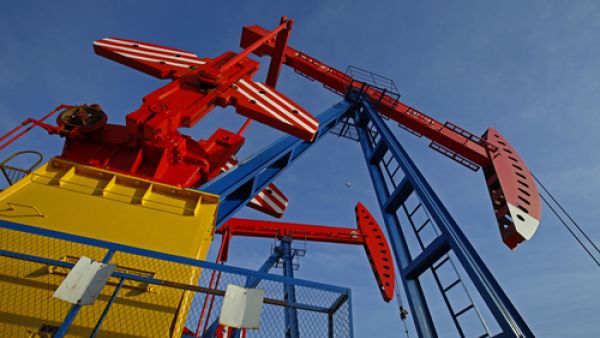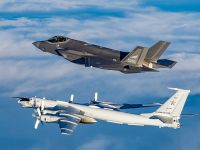Production agreements from some of the top oil nations in the world don't necessarily mean the return to the glory days of $100 oil, a Paris-based agency said.
Crude oil prices have held steady above the $50 per barrel mark since members of the Organization of Petroleum Exporting Countries and fellow producers agreed to cut output by as much as OPEC economists expect in terms of oil demand growth next year. The agreement enters into force in January, though producers are already pumping oil at record levels.
OPEC agreed to a cut of 1.2 million barrels per day from total production starting Jan. 1, though the deal counts on non-member states for almost half of that volume. According to terms outlined during the weekend, non-members "proposed to adjust their oil production, voluntarily or through managed decline."
Crude oil prices are at historic highs as investors view the arrangement as an end to the supply-side constraints that pushed oil to below $30 per barrel this year, cut into the pocketbooks of some of the biggest energy companies in the world and led to widespread industry layoffs.
Implementation won't be reflected until early 2017 when OPEC publishes its next monthly market report. Already, the Paris-based International Energy Agency suggests it may be a difficult deal as levels are well above what OPEC established as a high end for production.
In its monthly market report for December, the IEA said the next few weeks could determine the strength of OPEC's word and the sustainability of the rally in oil prices.
"Success means the reinforcement of prices and revenue stability for producers after two difficult years; failure risks starting a fourth year of stock builds and a possible return to lower prices," the report read.
If oil prices move too high, some of the shale oil producers in the United States could return to work and add to the supply-side pressures that dragged markets lower this year. U.S. shale oil boomed when oil was around $100 per barrel in 2014.
Economists at the IEA said that, looking at the future markets, oil prices are on pace for a short, but sharp, increase, but the momentum levels out deeper into 2017 and beyond.
"OPEC also appears to be signaling that high-cost producers should not take for granted that they will receive a free ride to higher production," the IEA's report read. "These high-cost producers, who assume that the cuts at the very least guarantee a floor under prices, might think twice before taking the risk of sanctioning new investments."
By Daniel J. Graeber








